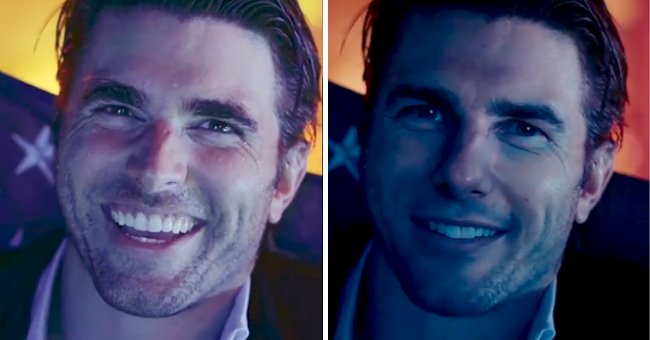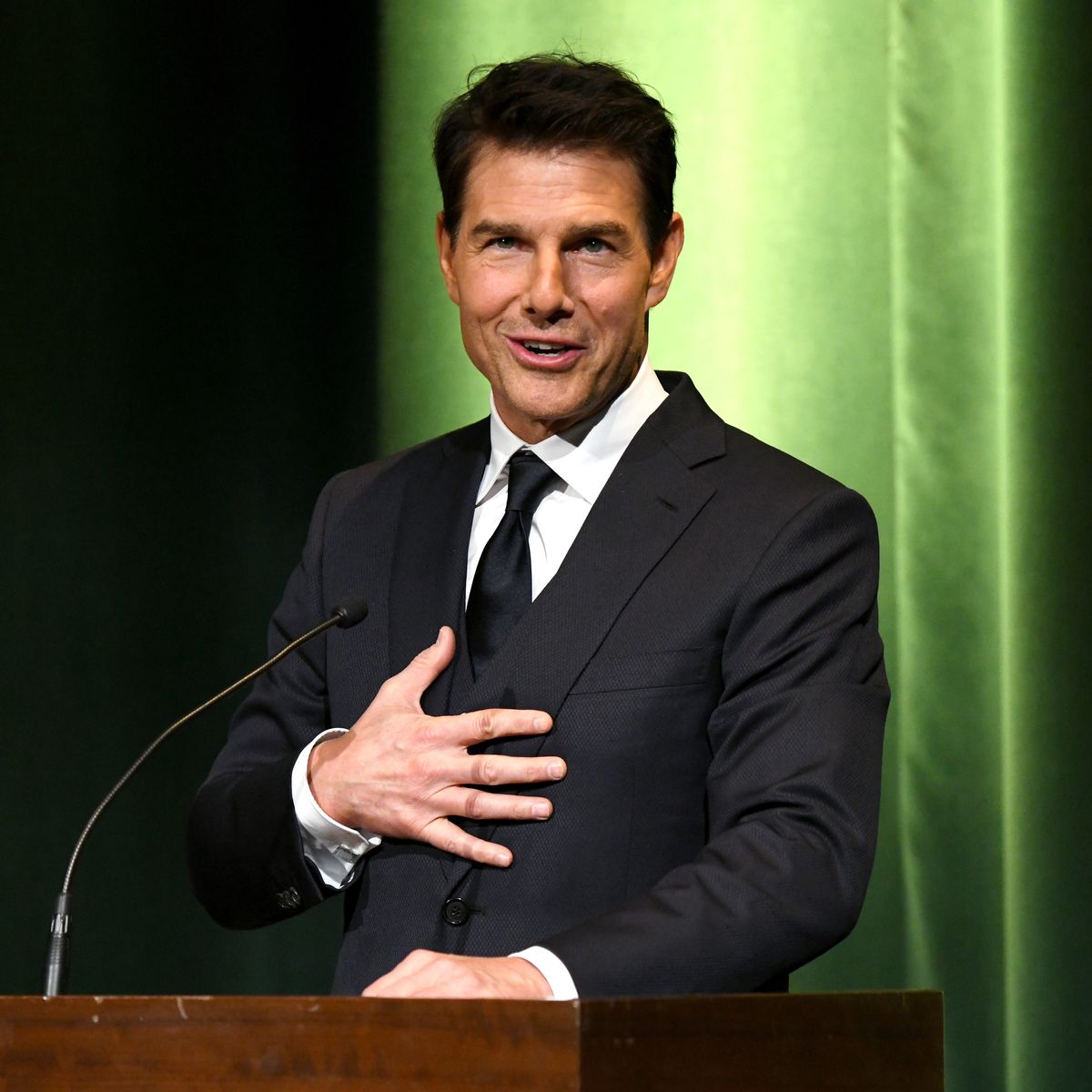
Today: Viral Tom Cruise Deepfake Videos Spark Concerns about Future Technology
AI-generated videos have been placed on the radar amongst the dangers surrounding developing technology and how it aids the spread of fake news.
A famous TikToker, Miles Fisher, has raised concerns about the fast-paced development of technology after he posted deepfake videos of Tom Cruise, leaving fans confused about whether the actor had joined the social media platform or not.
It turns out Fisher had access to highly advanced artificial intelligence software that enabled him to make deepfakes which are videos in which existing images are manipulated through deep learning to create fake videos in which the imagery closely resembles someone.

Tom Cruise speaks at the 10th Annual Lumiere Awards at Warner Bros. Studios on January 30, 2019 | Getty Images
SCARY IMPERSONATION
The realistic impersonation of Cruise that Fisher was able to manufacture has been the cause of some red flags going up. There are concerns surrounding the potential impact that this technology can have in the future.
The Today Show reported on this issue, calling on experts to advise how to distinguish real videos from deepfakes. Cyber expert Theresa Patton shared that it is important to look at the specific movement of facial features, saying:
"Deepfake technology has a very hard time doing the sort of typical crinkle of the eye when someone smiles and is talking."
OTHER DEEPFAKE STARS
The "Mission: Impossible" star isn't the only celebrity to be the subject of deepfake videos with fake news emerging in the form of videos showing Barack Obama calling Donald Trump names and Mark Zuckerburg making extreme confessions.
The so-called Bloomberg journalist Maisy Kinsley was most likely a result of deepfake.
However, these AI-generated videos are not primarily concerned with Hollywood stars, with an AI firm finding over 15,000 deepfake videos in 2019 and a shocking 96% of those were pornographic.
DANGEROUS CRIME
Although amusing and astounding, deepfake videos hold the potential to become the most dangerous AI crimes reported by the University College London. Dr. Matthew Caldwell, who authored the research, elaborated:
"An online environment, where data is property and information power, is ideally suited for exploitation by AI-based criminal activity.”
The lack of technology used to trace deepfake videos is one reason why deepfakes are deemed such a threat. The fast spread of the fake imagery on online platforms also contributes to the danger linked to this technology.
NOT ONLY VIDEOS
This technology hasn't only been roped in to manipulate videos but has also been used to create fake photos. These photos are created from nothing into an entirely made-up person.
The Guardian reported that the so-called Bloomberg journalist Maisy Kinsley was most likely a result of deepfake, which allowed the creation of social media platforms for the fake reporter on LinkedIn and Twitter.
Who is at risk of being the subject of a deepfake video? The more content of a person that is available, the easier it is to impersonate them accurately, which places those in front of the camera at the highest risk.
58-year-old Cruise may be known for being daring enough to tackle his own stunts on the set of his action movies; it seems that with deepfake, he won't have to jump out of planes to be still doing it himself.
